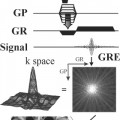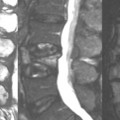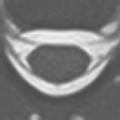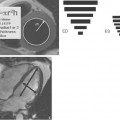3 MR Safety: Gradient Magnetic and Radiofrequency Fields
Gradient magnetic fields are used primarily for spatial encoding (localization) of the MR signal. Additional coils of wire located within the magnet bore (but underneath the plastic housing, and thus not visible to the patient or technologist) produce these fields. During scan acquisition, the current in the gradient coils is switched on and off rapidly, causing in turn quick changes in amplitude and polarity of the gradient magnetic fields. There are four primary performance-related characteristics that define a gradient system. These are slew rate (how fast one can drive a gradient to a specific amplitude, dB/dt), maximum amplitude (how high a gradient field one can actually achieve, regardless of how long it takes), spatial linearity (how far away from isocenter the gradient field reaches before its strength begins to fall off), and duty cycle (how often one can drive the gradient without failure). All four are very relevant to clinical performance. High slew rates permit shorter echo times (TEs) and echo spacing, improving the image quality of fast spin echo scans and contrast-enhanced MR angiography. High-amplitude gradients markedly improve diffusion-weighted scans.
Stay updated, free articles. Join our Telegram channel

Full access? Get Clinical Tree








